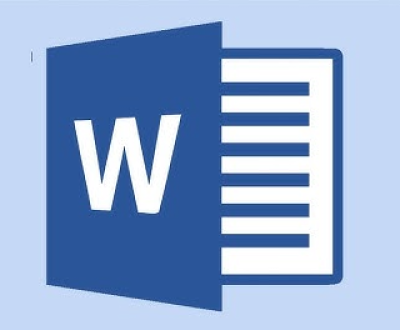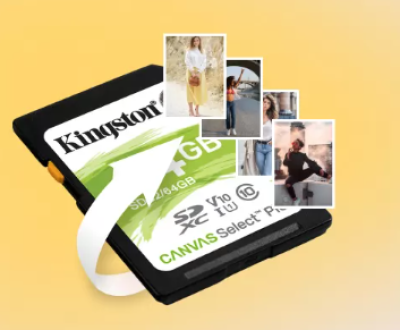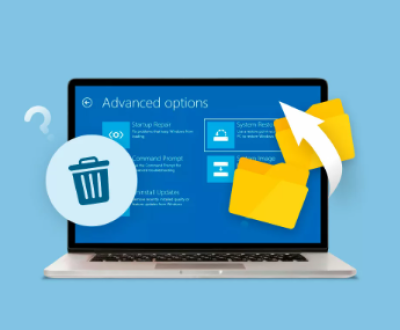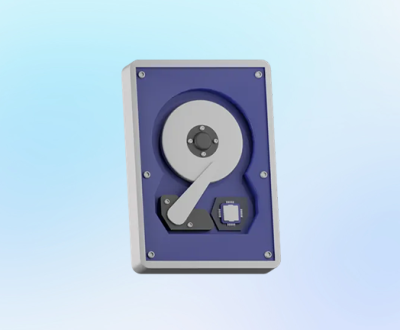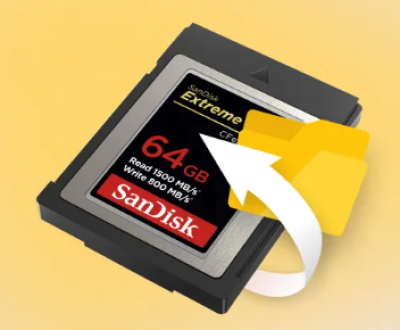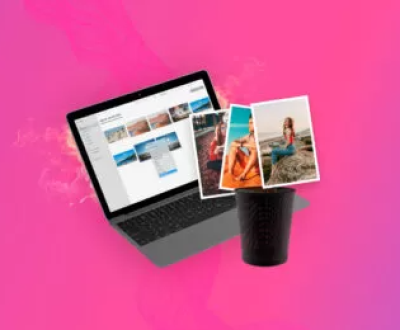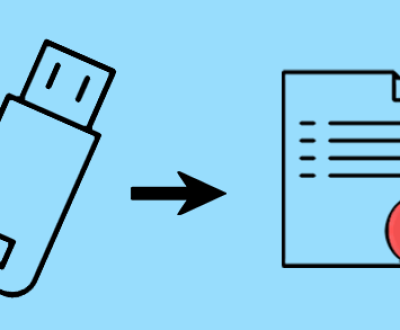USB flash drives are compact, portable, and incredibly useful tools for data storage and file transfer. Whether it’s documents, videos, music, or backups, most users rely on them for convenience and mobility. However, despite their utility, USB flash drives are not immune to problems. From logical errors and corrupted file systems to physical damage and unrecognized devices, a flash drive can suddenly stop working risking the loss of important data.
Chapter 1: Common USB Flash Drive Problems
Before you attempt any fixes, it’s important to understand the type of problem you’re facing. USB flash drives generally experience issues in one of the following categories:
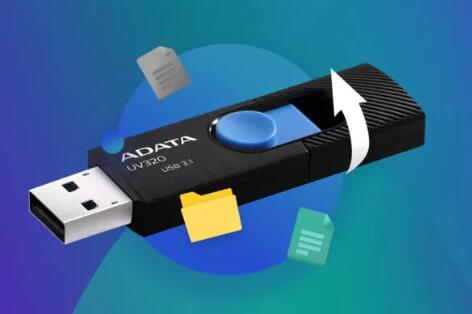
1.1 Logical/Software Errors
Flash drive shows as RAW
“You need to format the disk before you can use it” error
File system corruption
Virus or malware infection
Device not recognized
Drive shows 0 bytes
1.2 Physical Damage
Bent or broken USB connector
Loose internal components
Water damage or exposure to heat
Power surge
1.3 Human Error
Accidental formatting
Unplugging without safely ejecting
Deleting files accidentally
Identifying whether your issue is software- or hardware-related determines the best path forward.
Chapter 2: Basic Troubleshooting Steps
Before jumping to repairs, start with these simple steps:
2.1 Try Different USB Ports and Computers
Sometimes, the problem lies with the port or system, not the drive. Try plugging your flash drive into:
Different USB ports (including USB 2.0 and USB 3.0)
Another computer
A different OS (e.g., try on Mac or Linux if it doesn’t work on Windows)
2.2 Check in Disk Management (Windows)
Right-click Start > Disk Management.
See if your USB drive appears. If it shows up without a drive letter, right-click and assign one.
2.3 Check in Device Manager
Right-click Start > Device Manager > Universal Serial Bus controllers.
Right-click your USB device and choose Uninstall > restart your computer.
2.4 Scan for Malware
A virus can block access or corrupt files. Run a full system scan using antivirus software.
Chapter 3: Fixing Logical/Software Errors
3.1 Run CHKDSK Utility (Windows)
The CHKDSK command checks and fixes file system errors.
Steps:
Open Command Prompt as Administrator.
Type:
chkdsk X: /f /r /x
Replace X: with your flash drive letter.
Let it complete. It will fix errors if possible.
3.2 Use Windows Built-in Error Checking
Open File Explorer.
Right-click the USB drive > Properties > Tools > Check.
3.3 Format the Drive (Last Resort if You Have Backups)
Open File Explorer > Right-click drive > Format.
Choose File System (FAT32/exFAT/NTFS) > Start.
⚠️ Warning: This erases data. Only proceed if you’ve recovered important files.
3.4 Rebuild the File System Using DiskPart
Open Command Prompt.
Type:
diskpart
list disk
select disk X (where X is your USB)
clean
create partition primary
format fs=ntfs quick or format fs=fat32 quick
Exit DiskPart.
Chapter 4: Using USB Flash Drive Repair Tools
Many tools are available to repair or recover USB flash drives. Here are some of the best:
4.1 Panda Assistant
Scans and detects corrupted file systems
Recovers files before formatting
Repairs partition tables and MBR
Works with most USB brands
Chapter 5: Recovering Data Before Repairing
If your flash drive is accessible but buggy, recover your data first:
5.1 Use File Recovery Software
Panda Assistant supports all major USB brands (SanDisk, Kingston, PNY, Lexar, etc.) and file systems (FAT32. exFAT, NTFS). It can also repair drives that are not showing up in Windows File Explorer but are still listed in Disk Management.
Using Panda Assistant is easy:
Launch the program and connect your faulty USB flash drive.
Select the drive from the list.
Choose the “Repair & Recover” option.
Let the tool scan, repair, and recover files automatically.
With a clean interface and guided steps, Panda Assistant makes USB repair accessible for both beginners and experts. It’s a reliable first step before considering formatting or professional repair services. For users looking to fix and recover their USB drives quickly and safely, Panda Assistant is a trusted solution.
Steps to Recover Files:
Install recovery software on your PC (not on the USB).
Scan the USB drive.
Preview files, if possible.
Save recovered data to your hard drive (never back to the damaged USB).
5.2 Clone the Drive for Safety
If the USB is unstable, use tools like Macrium Reflect to clone the drive before proceeding with risky repairs.
Chapter 6: Repairing Physical Damage
If your USB drive is physically damaged (not detected at all, loose connector, cracked casing), proceed carefully.
6.1 Visual Inspection
Use a flashlight to examine the USB connector and pins.
Look for burn marks or bent contacts.
6.2 Resoldering a Broken Connector
⚠️ Only for users with soldering experience.
Steps:
Disassemble the USB casing using a prying tool.
Identify the solder points where the connector attaches to the PCB.
If loose or cracked, re-solder the points using a fine-tip soldering iron.
Reassemble the casing.
6.3 Professional PCB Repair
If the controller chip or memory is damaged:
Use a microscope or magnifier to inspect the board.
If the memory chip is intact, professionals can desolder and transplant it to a working board or reader to extract data.
This is usually performed by data recovery labs and is not recommended for DIY repairs.
Chapter 7: Replacing the USB Connector
Sometimes the connector is damaged but the memory is safe.
Materials:
Spare USB connector
Soldering tools
Steps:
Desolder the damaged connector.
Match the new connector’s pinout.
Solder the new one in place.
Use epoxy or glue to secure the connector if needed.
Carefully test using a USB hub to avoid damaging your PC.
Chapter 8: Preventing Future Damage
To avoid repeat failures, consider the following tips:
8.1 Handle with Care
Don’t yank USB drives from ports.
Use the “Eject” option before removing.
Avoid bending or twisting while connected.
8.2 Use Short Extension Cables
Rather than plugging directly into ports where tension may occur, use a short extension cable or USB hub.
8.3 Backup Important Data
Never store irreplaceable data on a single flash drive. Always back up to cloud or another disk.
8.4 Avoid Cheap or Unknown Brands
Invest in quality drives with better memory and controller chips. Brands like SanDisk, Kingston, and Samsung are generally more reliable.
USB flash drives are handy tools, but they’re vulnerable to both logical and physical failures. The good news is, many of these problems can be diagnosed and repaired using free or affordable methods.
From running basic utilities like CHKDSK to using advanced recovery software or even soldering a new connector, this guide provides multiple avenues for fixing your USB flash drive depending on your technical skill level.
About us and this blog
Panda Assistant is built on the latest data recovery algorithms, ensuring that no file is too damaged, too lost, or too corrupted to be recovered.
Request a free quote
We believe that data recovery shouldn’t be a daunting task. That’s why we’ve designed Panda Assistant to be as easy to use as it is powerful. With a few clicks, you can initiate a scan, preview recoverable files, and restore your data all within a matter of minutes.
Subscribe to our newsletter!
More from our blog
See all postsRecent Posts
- How to recover deleted word document 2025-07-09
- How to recover deleted photos on sd memory card 2025-07-09
- How to recover completely deleted files 2025-07-09

 Try lt Free
Try lt Free Recovery success rate of up to
Recovery success rate of up to

